The rapid adoption of large language models (LLMs) has forced computing to rediscover context, revealing a deep, unsettling flaw in our current architectures Our most powerful systems don’t truly "understand" context in any deep sense. They’re merely sophisticated pattern-matching engines that simulate context-sensitivity through scale, not genuine situational awareness.
Author: William David Louth
Seeing the Pattern, Not Just the Score
This article introduces a critical framework for data analysis. It distinguishes between “patterns”—observable, recurring structures in data—and “productions,” computational processes that transform data into outputs like risk scores. The article argues that over-reliance on productions leads to opaque, black-box systems that are difficult to trust, explain, or learn from. By confusing the rich data story with simple scores, organizations lose the ability to ground understanding, communicate insights effectively, and build knowledge.
Mirrors Show, Twins Simulate
The digital twin, a promising enterprise technology, offers a vision of experimenting with the future. By adjusting a process parameter, you can observe its cascading effects throughout a system. In this perspective, a digital twin transcends its role as a dashboard, becoming a sandbox for what-if experimentation, resilience, optimization, and risk exploration without consequences. However, engineering teams face a different reality when implementing it, dealing with intricate data integration projects instead of functioning as living laboratories.
Simz—The Mirror World of the Past
A comprehensive report that revisits Simz, a technology designed and developed between 2012 and 2013, which was intended to revolutionize the way we observe, control, and operate distributed software systems. The vision behind Simz was not an incremental improvement on existing tools but a proposal for a new class of software systems capable of profound self-awareness.
A Holonic Flow Model for Systems Management
Distributed systems are typically documented and operated through infrastructure-centric views that catalog servers, containers, and services. This post introduces the Holonic Flow Model (HFM), a functional approach that fundamentally reframes system understanding around capabilities, transformations, and value delivery. By adopting the holon—a self-contained functional unit that’s both whole and part—this model provides a powerful framework for reasoning about, operating, and evolving complex systems.
Why “Complete” Systems Collapse
Every system has a surface area—the total sum of all the places where humans and machines meet. We tend to think of this in purely technical terms: API endpoints, configuration files, integration points. But the surface area is also conceptual. It’s every idea a user has to learn, every relationship they have to keep in their head, every place something can go wrong. It’s the size of the interface between the system and the people who use and maintain it. However, there exists a paradoxical aspect to this phenomenon that’s both straightforward to articulate and profoundly impactful in its consequences: the more thoroughly one endeavors to model reality within a system, the more unmanageable that system becomes.
The Situation Is a Judgment in Motion
Situations don’t precede human interpretation—they emerge through the act of judgment itself. We present a framework built on three interconnected elements: Judgment (the interpretive act that creates meaning), Status (the external expression of that judgment), and Situation (the emergent context formed by multiple interacting judgments). This perspective reveals why contemporary artificial intelligence, despite its computational sophistication, lacks true situational awareness.
Judgment in Semiosphere: Status, Situatedness, and Semiosis
In the architecture of intelligent systems, judgment is often regarded as an afterthought—an output or byproduct of more significant computational processes. However, from a semiotic and cybernetic perspective, judgment isn’t merely a result; it’s the fundamental organizing act of intelligence. To judge is to compress experience into significance, to bind observation into meaning, and to transform complex, fluid realities into structured, actionable states.
Between Digital Twins and Digital Ecologies
In an era of unprecedented complexity, two fundamentally different philosophical paradigms compete for dominance in how we design intelligent systems. The first, exemplified by Palantir's digital twins, seeks to capture reality through comprehensive ontological modeling—creating unified representations that enable precise control. The second, advanced by frameworks like Humainary's Semiosphere, treats intelligence as emerging through continuous semiotic interpretation—where meaning unfolds through dynamic networks of sign-making agents.
A Critique of Control Tower (2020)
In late 2020, amid global supply chain upheaval and digital transformation acceleration, William Louth authored Control Tower 1.0—a forward-looking architectural vision for situational awareness and operational coordination across complex logistics networks. Grounded in cybernetics, system dynamics, and semantic modeling, it sythneized a new approach to digital twins alongside an architectural backbone provided by Habitus, a modular, blackboard-inspired system for representing and reasoning over complex domains.
